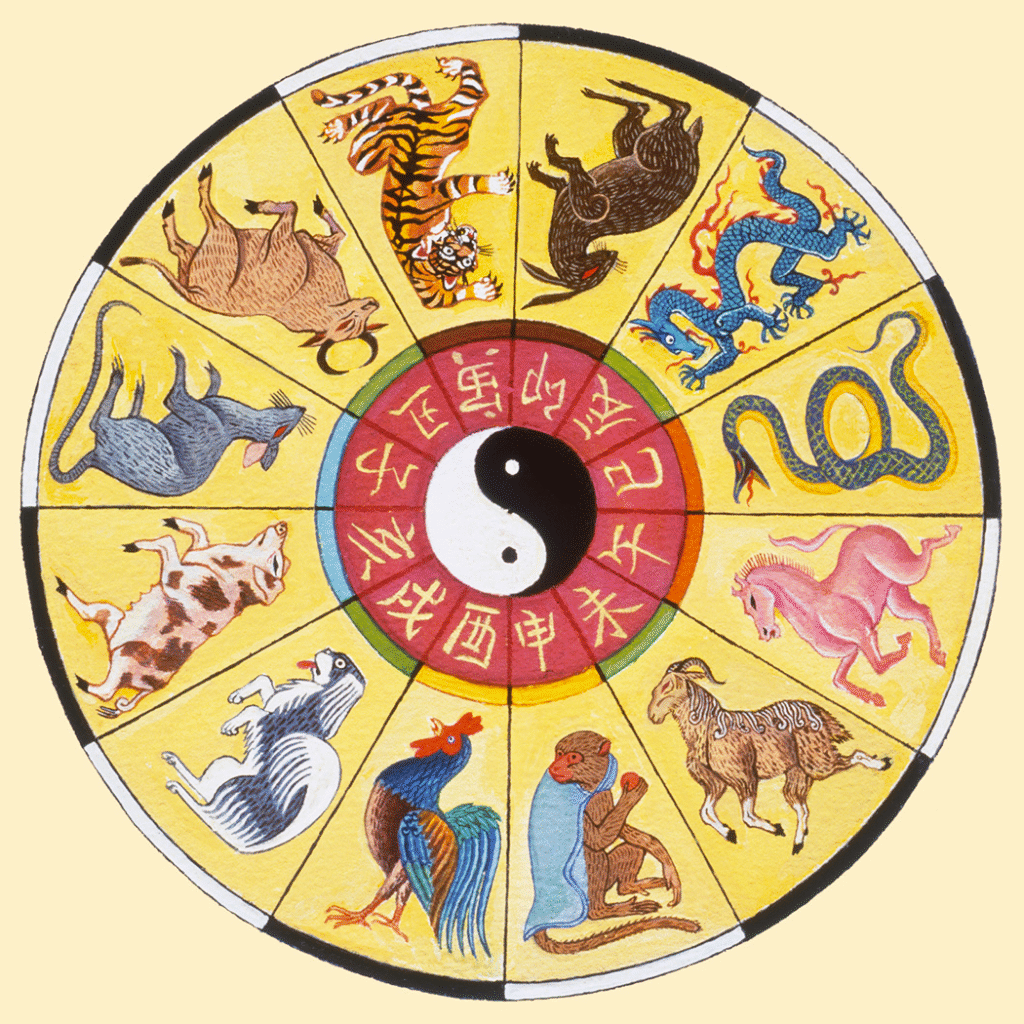Imagine a language spoken for centuries, echoing through valleys, sung in lullabies, and woven into the stories of an entire people—suddenly silenced, nearly lost to time. That was the fate of te reo Māori, the indigenous language of Aotearoa (New Zealand), in the twentieth century. But what happens when a language refuses to vanish, fighting its way back from the brink through the power of its people? The journey of the Māori language is one of resilience, passion, and bold transformation. Today, te reo Māori is not just surviving; it’s blossoming anew, reclaiming its place in schools, on television, and in the hearts of New Zealanders. This is the story of how a movement—born from protest and carried into policy—sparked a cultural renaissance that still shapes New Zealand society.
The Silence Before the Storm: Suppression of Te Reo Māori
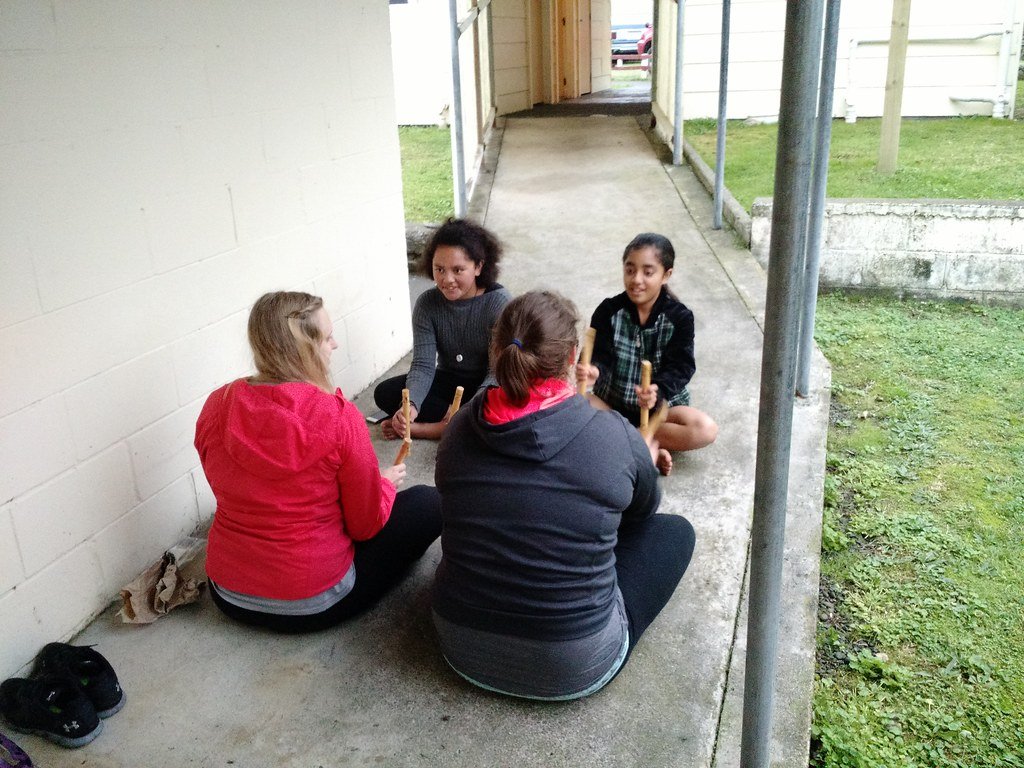
For decades, te reo Māori was systematically suppressed in New Zealand’s schools and public life. Children were often punished for speaking their native tongue, sometimes even facing physical discipline. The government and many educational institutions promoted English as the only acceptable language, believing it necessary for progress. This policy left many Māori disconnected from their cultural roots and unable to communicate with their elders in te reo. By the 1970s, the language was teetering on the edge of extinction, with fewer and fewer young speakers. The loss was more than linguistic; it threatened the survival of Māori identity and worldviews. The silence was deafening, but it would not last.
Rising Voices: The Māori Protest Movement
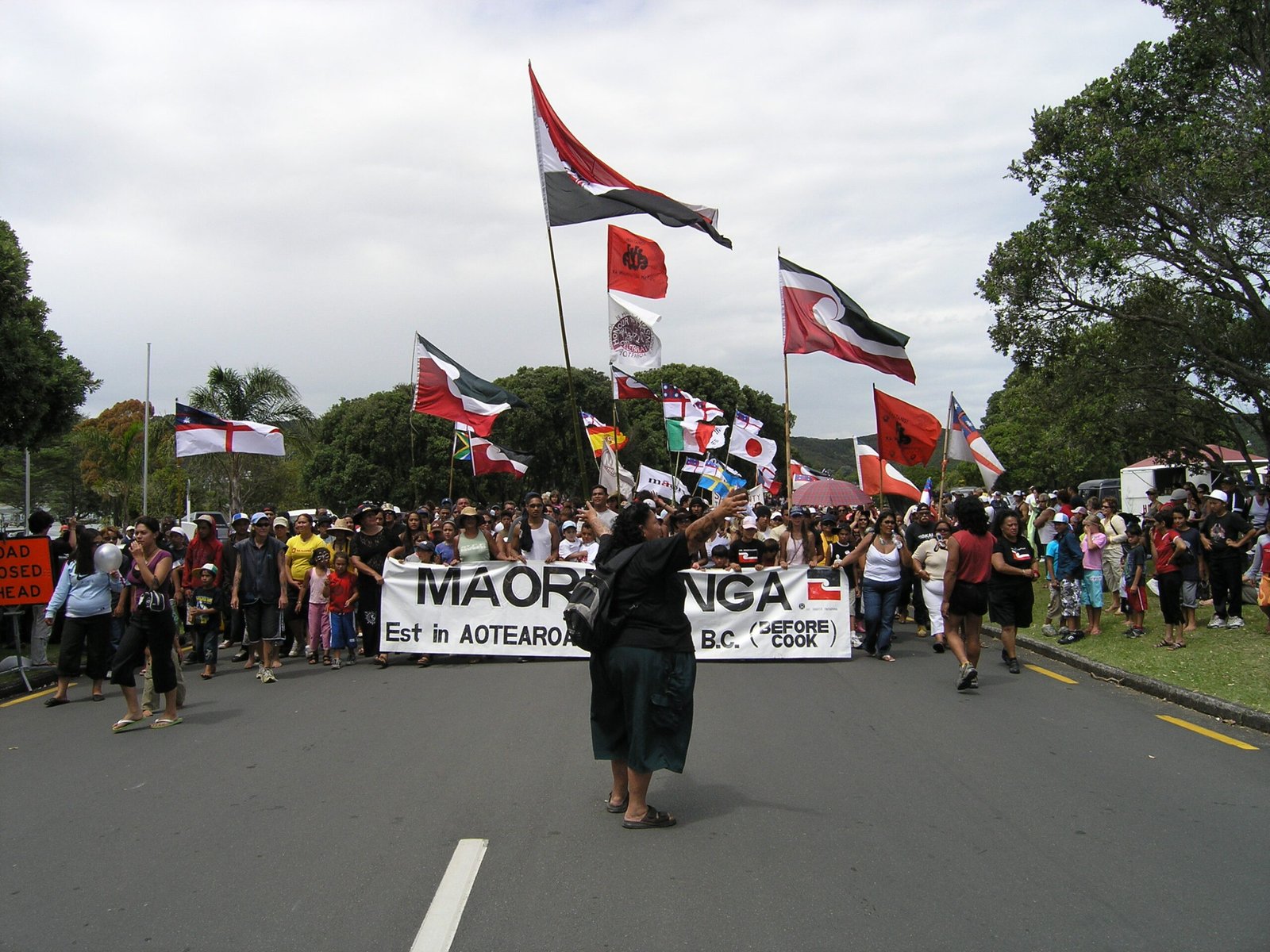
The 1970s saw a wave of activism sweep across New Zealand, ignited by Māori communities determined to reclaim their language and rights. Protestors marched through cities carrying banners, chanting, and demanding justice for years of cultural erasure. The 1972 Māori Language Petition, signed by over 30,000 people, was delivered to Parliament, calling for te reo Māori to be taught in schools. These actions were bold and deeply emotional, fueled by frustration and hope. The protests were not just about language, but about dignity, sovereignty, and the right to cultural survival. They inspired a new generation to stand up and speak out, literally and figuratively.
Kōhanga Reo: The Language Nests Take Flight
One of the most inspiring responses to the language crisis was the creation of kōhanga reo, or “language nests,” in the early 1980s. These were Māori-language immersion preschools, led by elders, where toddlers could grow up hearing and speaking te reo every day. The kōhanga reo movement spread rapidly, showing the world a living example of community-driven language revitalization. Grandparents, parents, and children all became involved, creating a powerful bond across generations. This approach recognized that language is caught, not just taught—it’s lived, breathed, and experienced. Kōhanga reo became a model admired by indigenous communities worldwide.
From Classrooms to Curriculum: Te Reo in Education
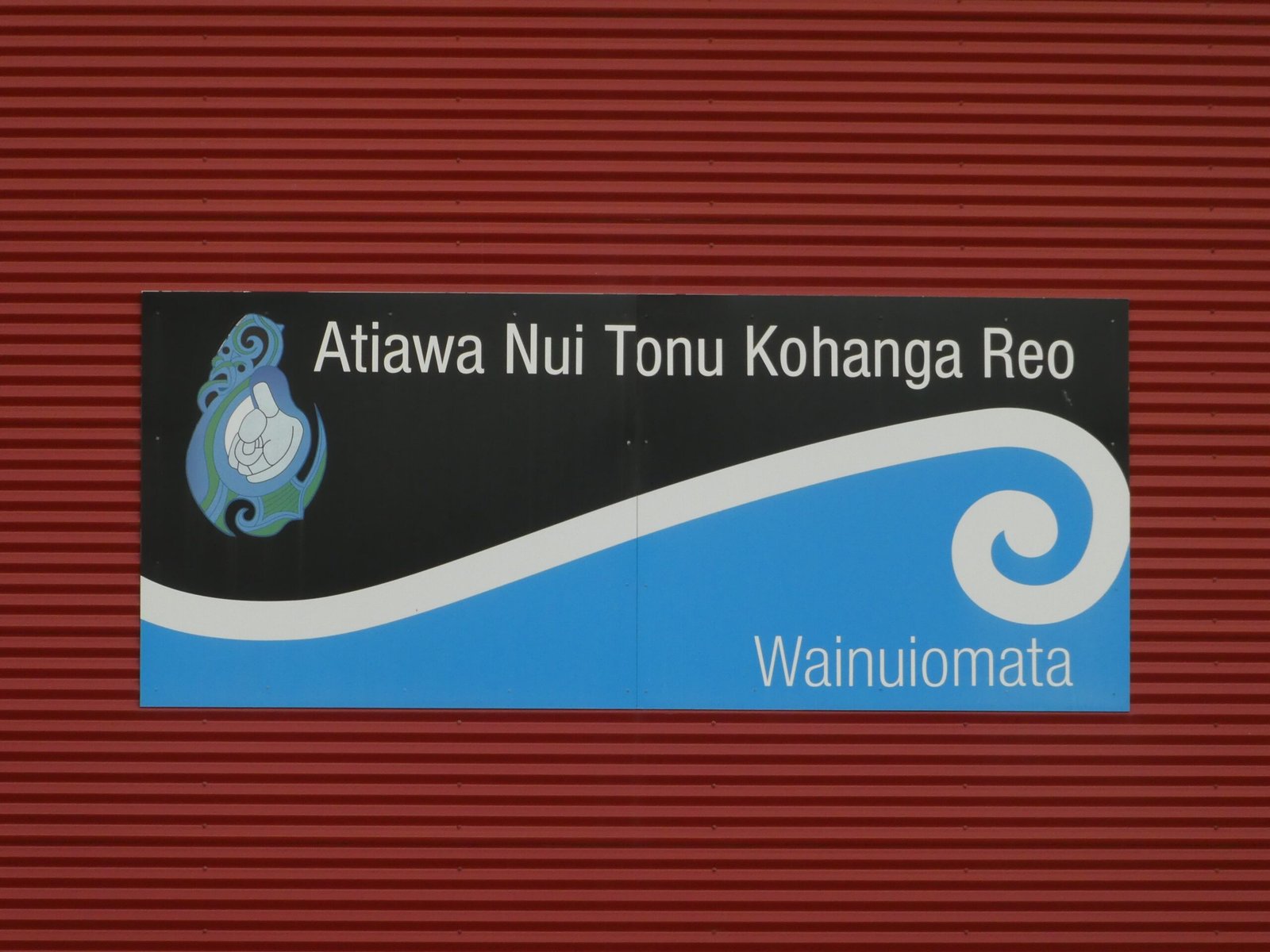
The push for te reo Māori didn’t stop at preschools. Activists and educators pressed for the language to be included at every level of schooling. By the late 1980s, Māori language immersion schools known as kura kaupapa Māori began to appear, where all subjects were taught in te reo. Mainstream schools also started to offer Māori as a subject, though access and quality varied. Over the years, government policy slowly shifted to support these efforts, recognizing the importance of language for cultural identity and self-esteem. Today, te reo Māori is a core part of New Zealand’s national curriculum, with increasing numbers of students choosing to learn it as a second language.
Policy and Protection: The Māori Language Act
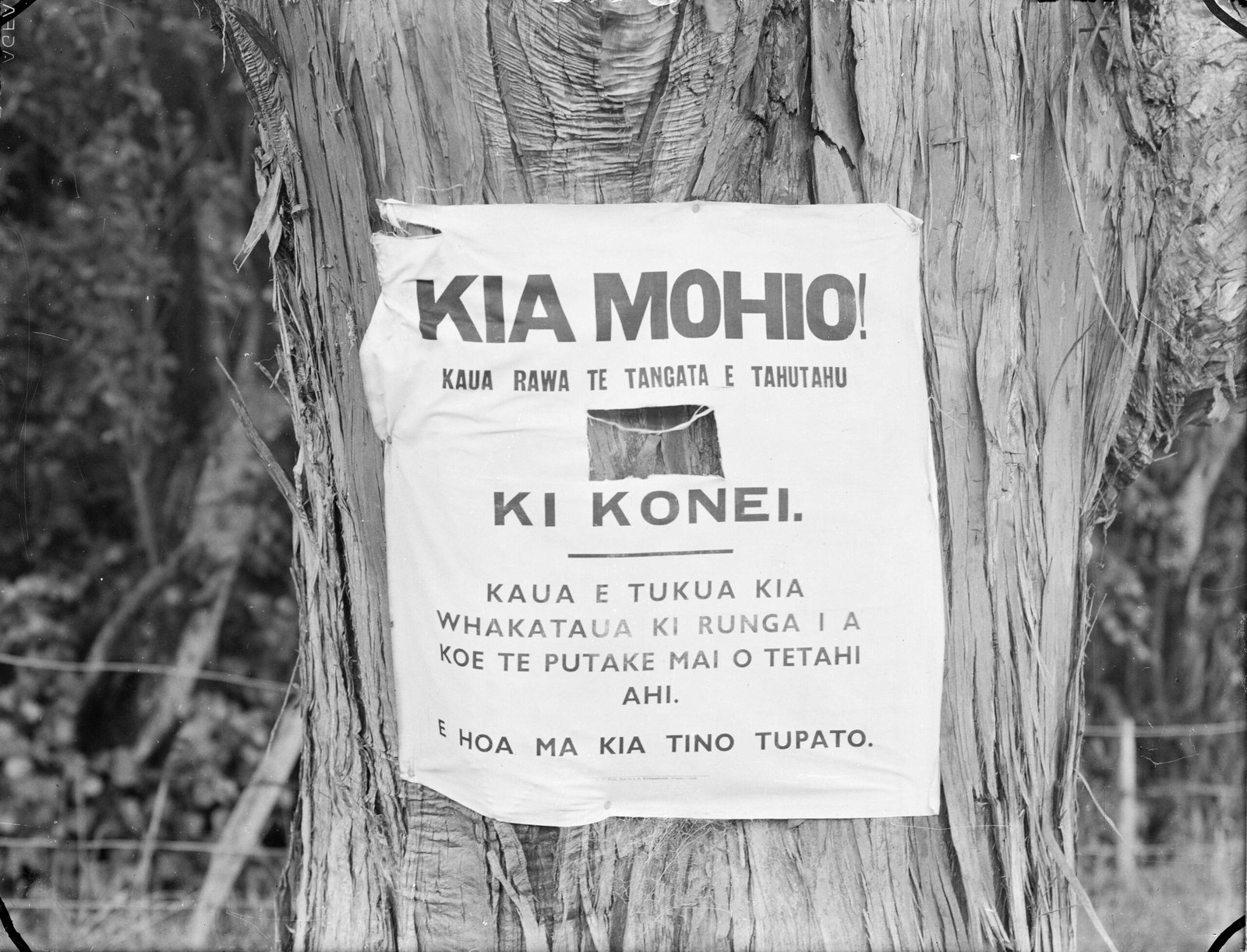
The efforts of activists and communities ultimately led to legislative change. In 1987, the Māori Language Act was passed, making te reo Māori an official language of New Zealand. This was a historic moment—an official recognition that te reo deserved equal status and protection under the law. The Act established the Māori Language Commission, tasked with promoting and supporting the language. This step was more than symbolic; it provided a legal framework for advocating te reo in courts, media, and government services. For many, it marked a turning point from marginalization to empowerment.
Te Reo Māori in the Media: New Voices, New Stories

The revitalization of te reo Māori wasn’t confined to classrooms or government policy. The language began to reappear in newspapers, on radio, and eventually on television. Māori Television, launched in 2004, became a cultural beacon, broadcasting news, documentaries, and entertainment in te reo. Today, te reo Māori is heard in podcasts, music, and even popular films, reaching a broad audience. These media platforms have given Māori storytellers a voice and allowed the wider public to experience the beauty and nuance of the language. The resurgence in media reflects a society eager to reconnect with its roots and celebrate its diversity.
A Scientific Lens: Why Language Revitalization Matters
Linguists and researchers have closely studied the Māori language revival, offering insights into why language revitalization is so crucial. Language is not just a communication tool; it’s a vessel for cultural knowledge, science, and environmental stewardship. Through te reo Māori, traditional ecological knowledge—such as the names and uses of native plants and animals—can be preserved and passed down. Studies have shown that speakers of their heritage language often have higher self-esteem, better educational outcomes, and stronger community ties. The Māori experience demonstrates the profound impact that language can have on well-being and resilience.
Nature and Narrative: Te Reo’s Connection to the Land
Te reo Māori is deeply intertwined with the natural world. Many Māori words reflect intricate relationships with the environment, from the names of flora and fauna to the cycles of the moon and seasons. These linguistic treasures encode generations of observation and respect for nature. Reviving te reo means reviving a way of seeing and relating to the land—an approach that resonates with environmentalists and nature lovers alike. This connection is more than poetic; it’s practical, offering insights into sustainable living and conservation rooted in indigenous wisdom.
Youth at the Forefront: The Next Generation of Speakers
The future of te reo Māori lies in the hands of young people. Today’s Māori youth are more likely than their parents or grandparents to learn and use the language proudly. Many teenagers and young adults incorporate te reo into social media, music, and everyday conversation. School programs, youth groups, and online communities foster a sense of pride and belonging. This youthful energy is vital, breathing new life into the language and ensuring it adapts to a changing world. Watching teenagers code-switch between English and te reo is a testament to the resilience and creativity of the movement.
Challenges and Hopes: The Road Ahead
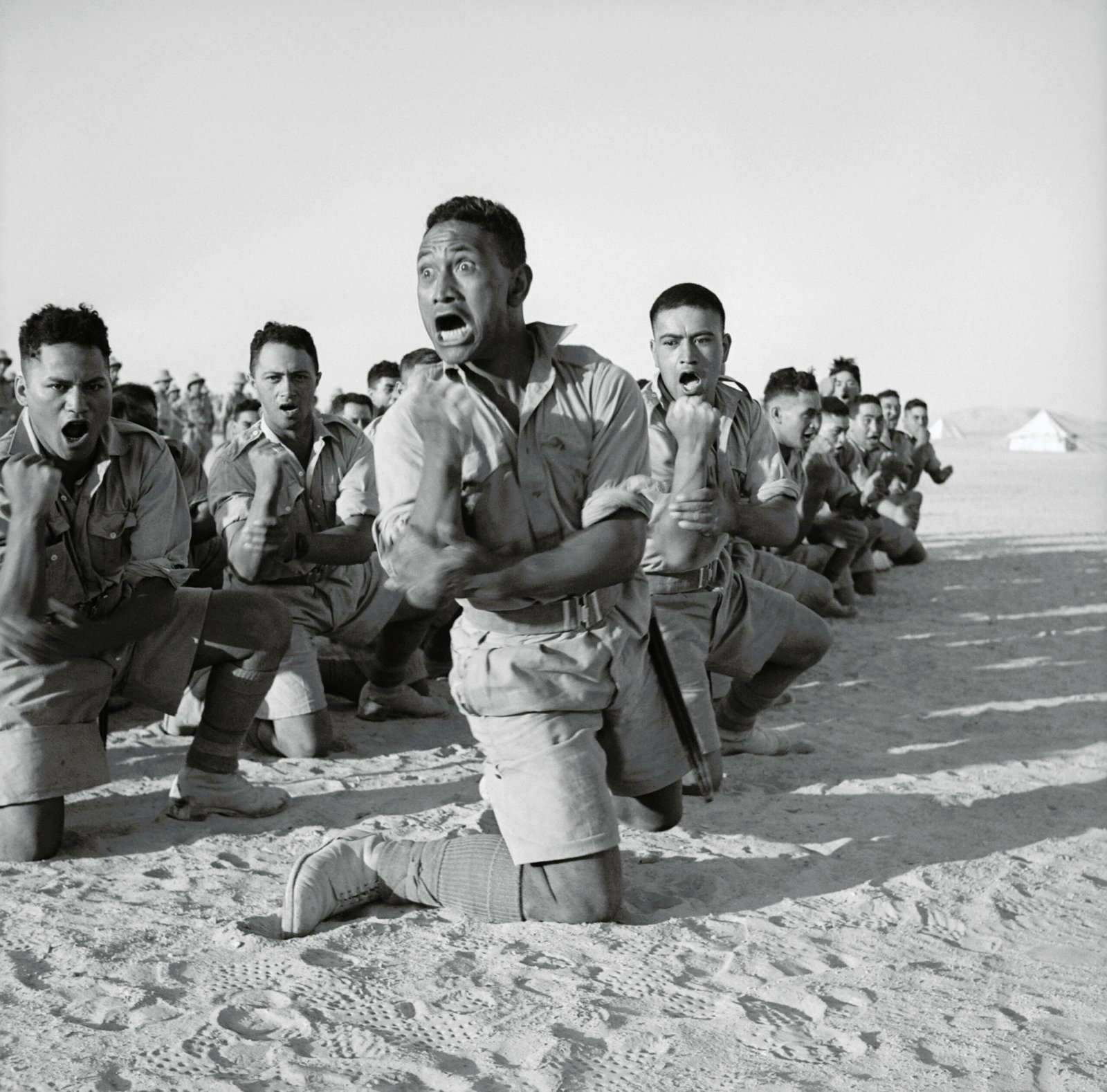
Despite the progress, the Māori language revival faces ongoing challenges. There are still disparities in access to quality education, and some regions have fewer resources for language learning. The pressure of globalization and the dominance of English remain persistent threats. Yet, there is optimism and determination. Government initiatives, community projects, and individual efforts continue to push for a future where te reo Māori thrives. The revival is not just about language, but about justice, equity, and the right to cultural expression. The story of te reo Māori is a living reminder that even when nearly silenced, a language—and its people—can rise again.
A New Dawn: Te Reo Māori’s Place in Modern New Zealand

Today, te reo Māori is more visible and celebrated than ever before. From public signage and official ceremonies to casual greetings in the street, the language is woven into daily life. Non-Māori New Zealanders increasingly embrace te reo, learning basic phrases and showing respect for the culture. The country has witnessed a shift in attitudes—a growing recognition that te reo Māori is not just a Māori treasure, but a national taonga (treasure) for all. As the language continues to flourish, it carries with it the hopes, dreams, and wisdom of generations. What words would you want your children to inherit, and what stories would you hope they never forget?



